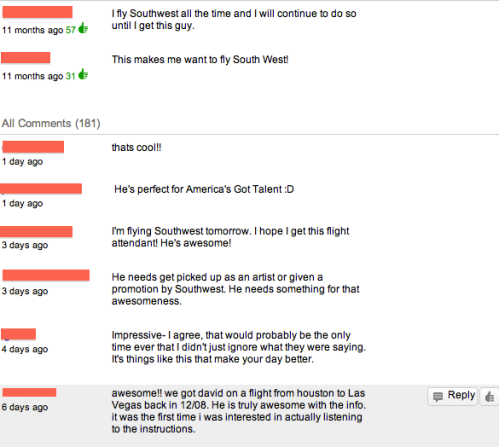It should be easy enough. Listen to your audience, come up with a simple, relevant message and win the hearts of consumers everywhere. However, as we’ve seen gaining traction online is often more complicated and difficult than brands expect. Great campaigns like Old Spice’s can sometimes take years to reach the tipping point, while others that are seemingly less impressive explode overnight. So what are the most important take-aways when considering how to create a successful digital campaign?
1. Be an anthropologist. Knowing your audience takes more than just listening; it requires you to immerse yourself in their world. When do they get online? What kind of content do they consume? How do they connect online content to their physical world? Finding the answers to these questions whether it’s through observations, focus groups or interviews will help you find the best ways to connect in terms of media and message.
2. Tell a story. Most human interactions revolve around sharing stories. We can’t wait to tell someone about that funny incident on the subway, an annoying customer at work or a meeting with an old friend. Companies can tap into our affinity for sharing by finding an insight that makes the brand relevant to our daily lives. You’ll know you’ve reached a great insight when it seems obvious after the fact. ‘Got Milk?’ played on the simple idea that people get upset when they need milk and don’t have it. It seems elementary now, but when the campaign was created it was a completely new way of positioning the product.
3. Be persistent. Online channels offer endless opportunities for exposure, but that doesn’t always translate into immediate success. Even if your campaign is brilliant, it may take time for it to reach critical mass. Consider how your audiences’ social networks function. Who are the big influencers and trend setters, and how can you get their attention?
4. Don’t drink the Kool-Aid. Digital media offer a powerful way to connect with consumers, but that doesn’t mean it’s the only way. Consumers do lead offline lives the majority of the time. Brands that continue the conversation once the audience has logged off tend to have the most longevity. Instead of discounting traditional media completely, consider how it can act as a supplement to your online efforts. In Old Spice’s case, mass media was able to build enough awareness to fuel direct consumer-brand conversations via the ‘Response Campaign’.
Although they are not all encompassing, these guidelines provide concrete stepping stones to developing a successful digital campaigns in a changing landscape.




